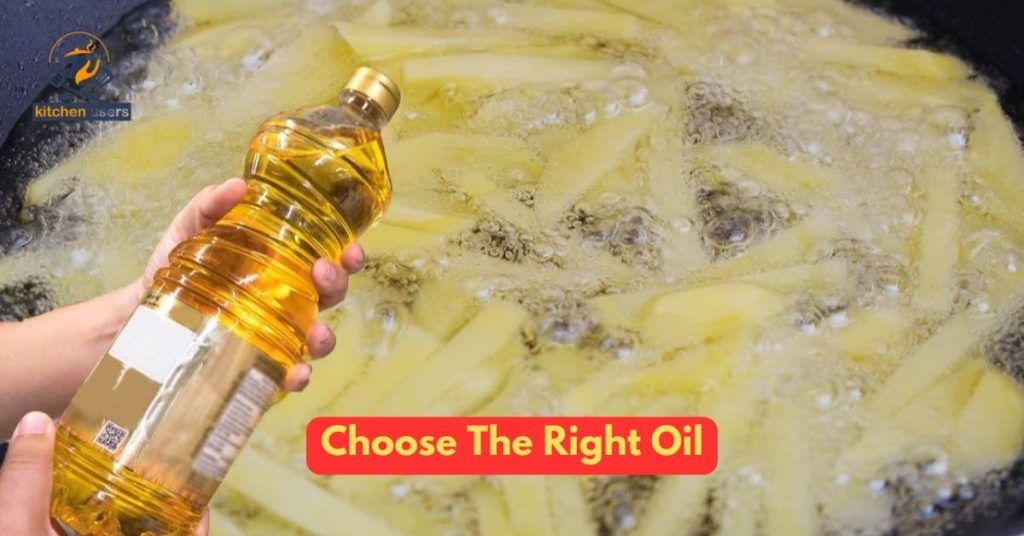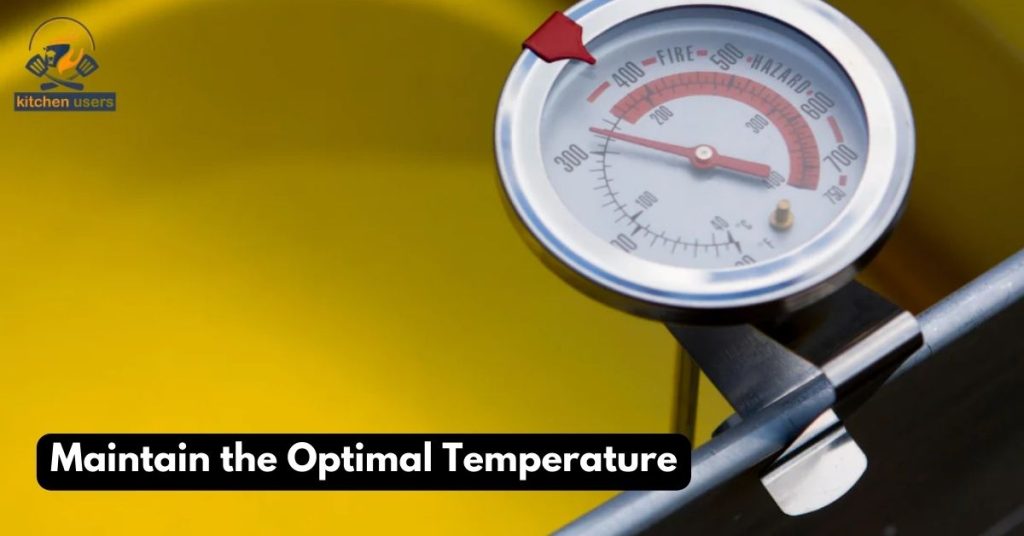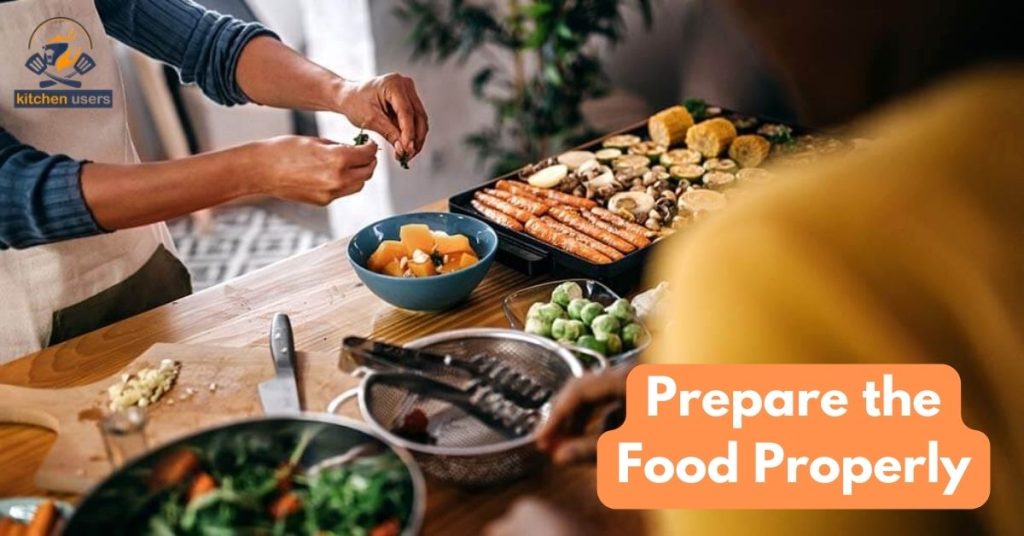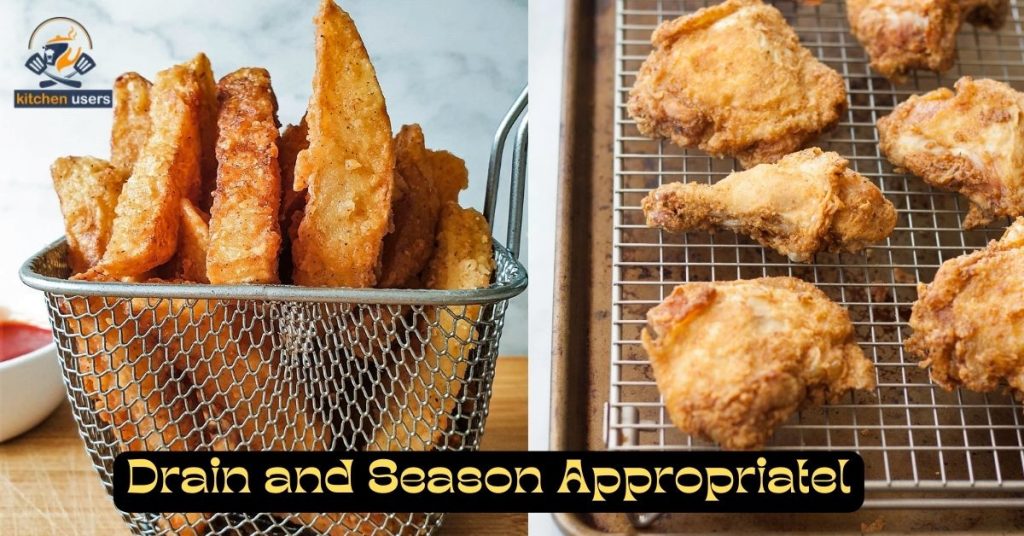Fry is one of the most popular and easy methods of cooking. It involves frying food in hot oil or fat, which makes it crispy and tasty. Even though frying may seem easy, there are some golden and magical 5 rules and guides that can help you get the best results. In this piece, we’ll look at the five most important golden and magical rules that every home cook should know about frying.
First, we will know about the art of frying.
The Art of Frying
Before going into the rules of frying, it’s important to understand what frying is all about. When you fry something, you put it in hot oil, which makes the outside crispy while keeping the inside soft and flavorful. If you follow the below five golden and magical rules, you can make fried foods that taste great.
Many people are using good-quality Fryers. So if you want to Frying, look below.
Now we will know before frying why safety is important.
Why Safety Is Important Safety First
Safety is always important, So Follow your deep fryer’s safety rules at all times. But it is especially important when frying food. This is because frying involves using hot oil, which can cause serious burns if it splashes onto your skin. Additionally, frying oil can catch fire, which can be a serious fire hazard.
So, now we will know The 5 golden and Magical Rules For Frying.
The 5 Golden and Magical Rules For Frying?
Below we are sharing the top 5 golden and magical rules for frying.
Rule 1: Choose the Right Oil

When you fry an item, the oil you use is very important. Not all oils are good or perfect for cooking at high temperatures. Because some have low smoke points and can break down, giving the food a greasy, unpleasant taste. Choose oils that don’t burn easily, like canola, peanut, or veggie oil. These oils can stand up to the heat without making the fried food taste bad.
Rule 2: Maintain the Optimal Temperature

For cooking to work, you have to keep the right temperature. If the oil isn’t sufficiently hot, the meals will soak up more oil and become greasy. If the oil is too hot, on the other hand, the outside of the food may burn while the inside is still raw. Keep an eye on the temperature with a deep-fry scale. Most fried foods should be cooked at 350°F to 375°F (175°C to 190°C). It is the actual temperature for a crispy exterior and a thoroughly cooked interior.
Rule 3: Prepare the Food Properly: Dry before frying

To get the results you want, you must properly prepare the food before frying it. Water and oil don’t mix, which everyone knows. Make sure that your food is dry and doesn’t have too much water on it because water can make the oil spread. If you’re frying chicken or fish, coat them with a thin layer of flour or batter to make a crispy covering. This helps keep in the wetness and gives the dish a different texture.
Rule 4: Control the Cooking Time: Utilizing the Proper Technique
How long something takes to cook depends on what it is and how big it is. It’s important to keep an eye on the food while it’s cooking so you don’t burn or undercook it. Cook smaller pieces for a shorter duration and larger pieces for a longer duration.
When the food turns golden brown and crispy, it’s a good indication that it’s ready to be removed from the oil. With a slotted spoon or tongs, gently transfer the fried food to a plate lined with paper towels to remove any extra oil.
Rule 5: Drain and Season Appropriately

It’s important to drain the extra oil from the food after frying if you want it to stay crispy. Put the fried food on a wire rack or some paper towels so the oil can drain off. Add salt or any other spices you like while the food is still warm to make it taste better. This step needs to be done right after frying to make sure the spice sticks well to the food.
Well, now you can properly fry, so it is time to serve or enjoy!
By following these rules, you can make delicious, perfectly fried foods that are crispy on the outside and soft on the inside. Be careful when you’re working with hot oil, and always put safety first in the kitchen.
Now we will know some FAQs.
FAQs
What are the three methods of frying?
- Deep Frying
- Shallow Frying
- Stir Frying
Can I reuse the frying oil?
Yes, you can reuse frying oil a limited number of times. But it’s crucial to strain the oil after every use to get rid of any debris and food scraps. Store the oil somewhere cool and dark to keep it from going bad. Discard the oil if it becomes dark, smells off, or starts foaming excessively.
Can I fry frozen food directly?
It’s generally not recommended to fry frozen food directly. Thaw the food completely and pat it dry before frying. Frying frozen food can lead to uneven cooking and increase the risk of oil splatters.
Now we are going to the conclusion.
Conclusion
Frying is a culinary technique that opens the door to a world of crispy and delicious possibilities. By following the five rules mentioned above, you can prepare fried dishes. They are visually appealing, irresistibly crispy, and bursting with flavor. If you follow these rules, you’ll be well on your way to making fried treats that will impress everyone, even the pickiest eaters. Finally, Choose The Right Fryer For Your Kitchen.
Thanks for staying with us!
As a 10 years veteran in the culinary industry, I have developed a passion for all things kitchen. With a deep understanding of food preparation and cooking techniques, I am a true kitchen specialist. My experience working in Khedmot kitchen has allowed me to hone my skills and become an expert in creating delicious and visually appealing dishes.
I am a creative and innovative chef, constantly experimenting with new ingredients and cooking methods to bring unique and memorable dining experiences to my customers. In addition to my culinary expertise, I am also highly organized and able to effectively manage a team of kitchen staff, ensuring that all tasks are completed efficiently and to a high standard.
I am dedicated to my craft and always strive to create exceptional dining experiences for my customers. Whether it’s developing a new menu, training my kitchen team, or working with local suppliers, I am always looking for ways to improve and take my kitchen to the next level.
If you’re looking for a skilled and passionate kitchen specialist, look no further. I am eager to bring my expertise to your team and help take your kitchen to the next level.


